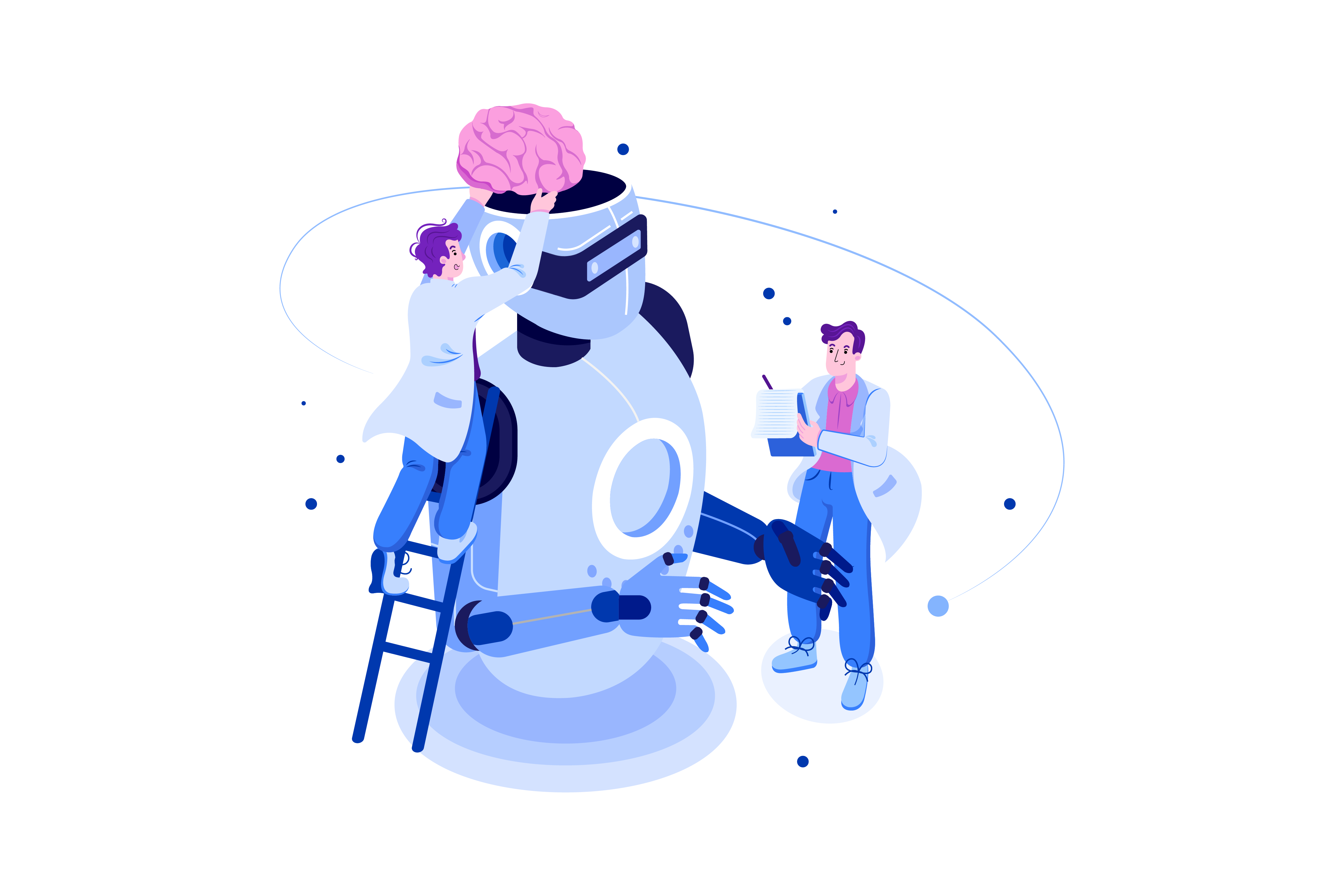Five years have passed since the release of “Marketing 4.0,” which also triggered the birth of transcosmos’ (hereafter referred to as “our company”) “5A Loyalty Diagnosis” service. The latest book in the series, “Marketing 5.0,” was released in Japanese on April 20, 2022. Marketing 5.0 discusses generational and social challenges in the digital society and new tactics for utilizing marketing technology. In this series of articles, we will provide a chapter-by-chapter overview in an easy-to-understand manner.
In Part 6, we summarize the “new technology”.
Next Technologies Now Available
This chapter discusses the next technologies that are supposed to be the foundation of Marketing 5.0. Each of these technologies will be discussed below, but first, let’s look at why many of them are emerging today. AI and natural language processing (NLP), for example, have been around since the 1950s, but they have not had the same impact on our lives as they do today. Computers were not as powerful as they are today, data storage devices were too large, and they were very expensive and not generally easy to use. The rapid growth of the next technology has been made possible by the maturation of six factors: open-source software, the Internet, cloud computing, mobile devices, computer processing power, and big data. Familiar examples of this can be felt in the smartphones we take for granted in our daily lives. We use facial recognition to unlock passwords, voice assistants to perform searches, and AR and VR to enjoy games, all of which have developed in recent years.
Restructure your business with Next Technology
The advanced technologies referred to as Next Technologies in Marketing 5.0 are AI, NLP, sensor technology, robotics, MR, IoT, and blockchain. Some of the technologies have been discussed in previous articles, but let’s take a look at each of them.
Artificial Intelligence (AI)
AI is a technology that has been gaining popularity in all industries in recent years. You may have seen movies, for example, in which AI is portrayed as having human-level or higher intelligence, and AI is portrayed as a threat to us all. In reality, however, AI does not need to be very sophisticated and is already in common use, for example, to make recommendations on e-commerce sites or to set up dynamic pricing for baseball tickets.
Natural Language Processing (NLP)
NLP attempts to make a machine reproduce the way humans communicate, targeting both written and spoken language therapy. Chatbots have made it possible to eliminate the need for phone calls that used to be necessary or to ask questions to store clerks when shopping at e-commerce sites after the lockdown of the COVID-19 pandemic.
Sensor Technology
Computers can also learn from image and face recognition. A smartphone camera that can recognize faces is a familiar example of a sensor. Tesco, one of the largest retailers in the UK, uses image recognition sensors to find out-of-stock or misplaced items on display shelves.
Robotics
The use of robots to help people in their daily lives is being attempted in a variety of services. In Japan, in particular, due to the declining and aging population and the lack of immigration, research on robotics has been conducted from early on. In recent years, many robots have been introduced into the nursing care field.
VR, AR, MR
These technologies, which blur the line between the physical and digital worlds, are attracting attention from a variety of companies. VR (virtual reality) is a technology that allows users to experience the virtual world through goggles. MR (Mixed Reality) is a technology further developed from VR and AR and allows users to see three-dimensional images in the real world, and to go behind the images or get closer to them.
IoT and Blockchain
IoT is another technology that is already familiar in our daily lives. The seamless customer experience that the IoT provides is very important, especially for consumer electronics. It is possible to reduce the risk.
Applying the next technologies to your marketing is critical. We take this technology for granted in our daily lives, but to what extent have we implemented it in our own services? It may be a good idea to consider the technology roadmap for the next 5 to 10 years.
